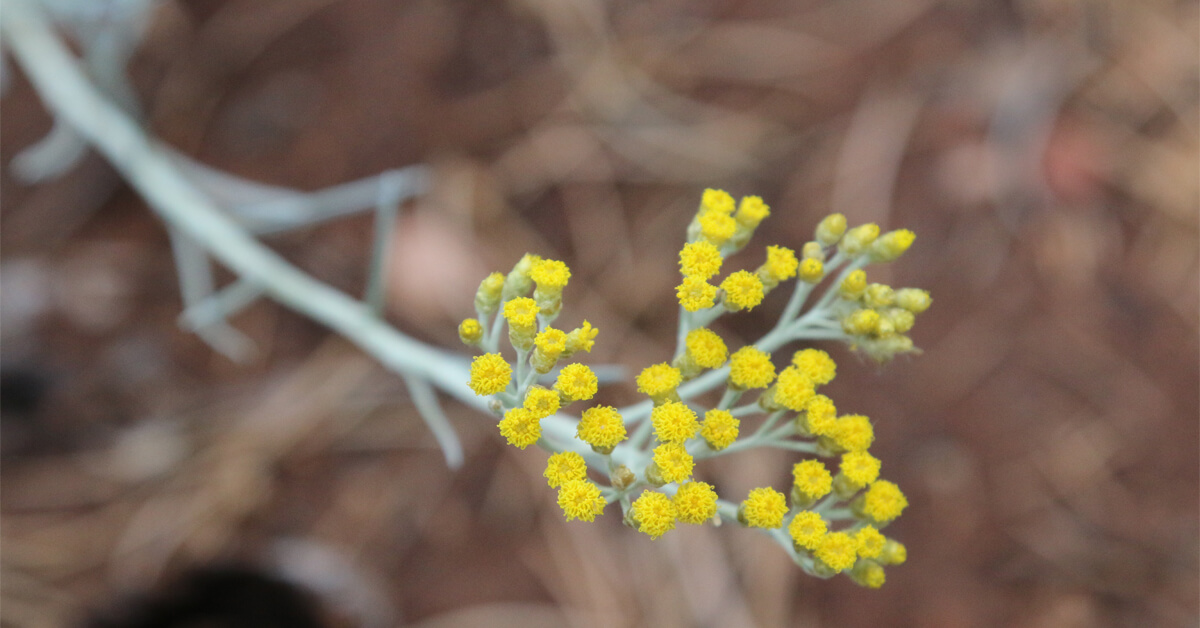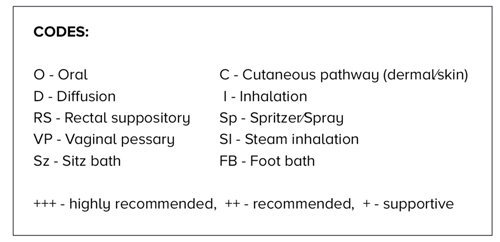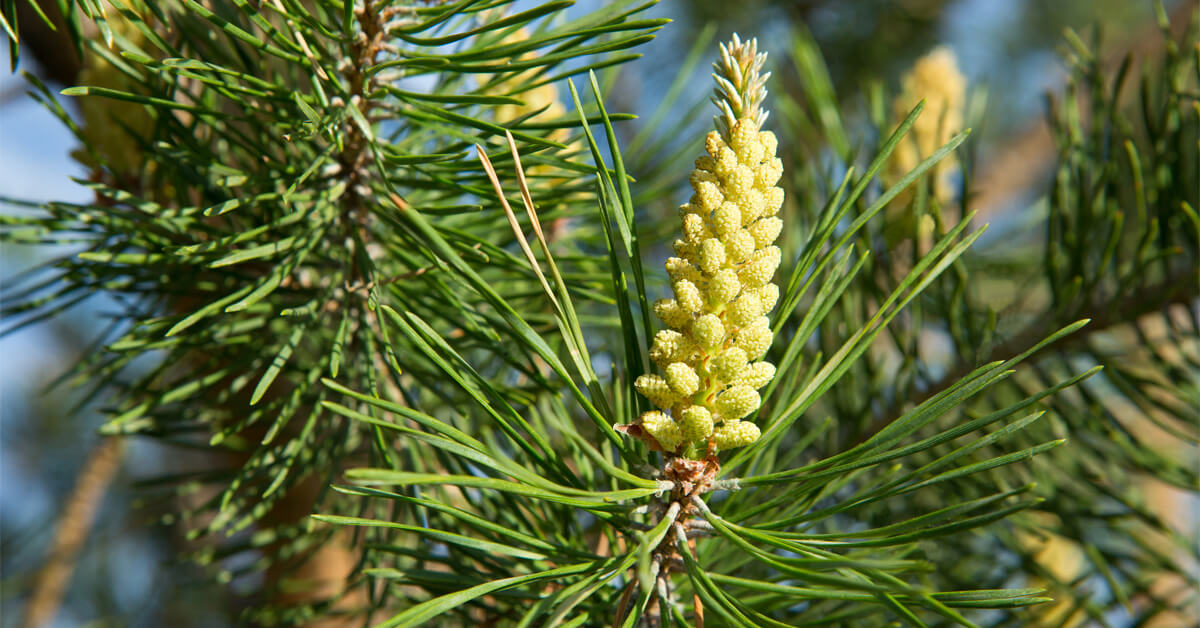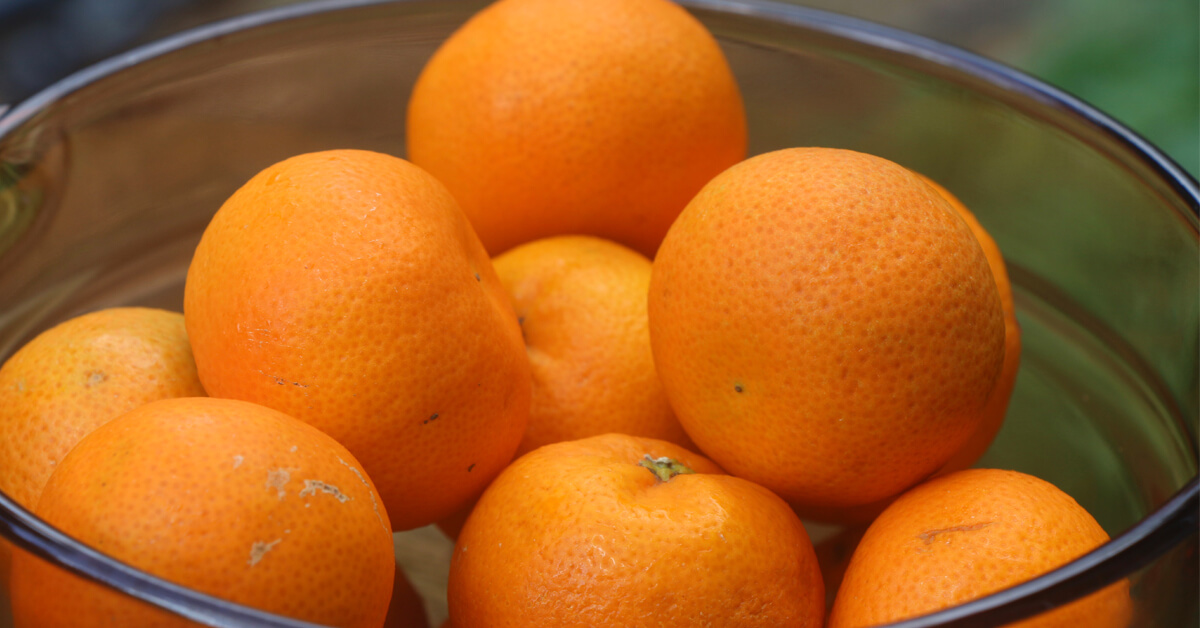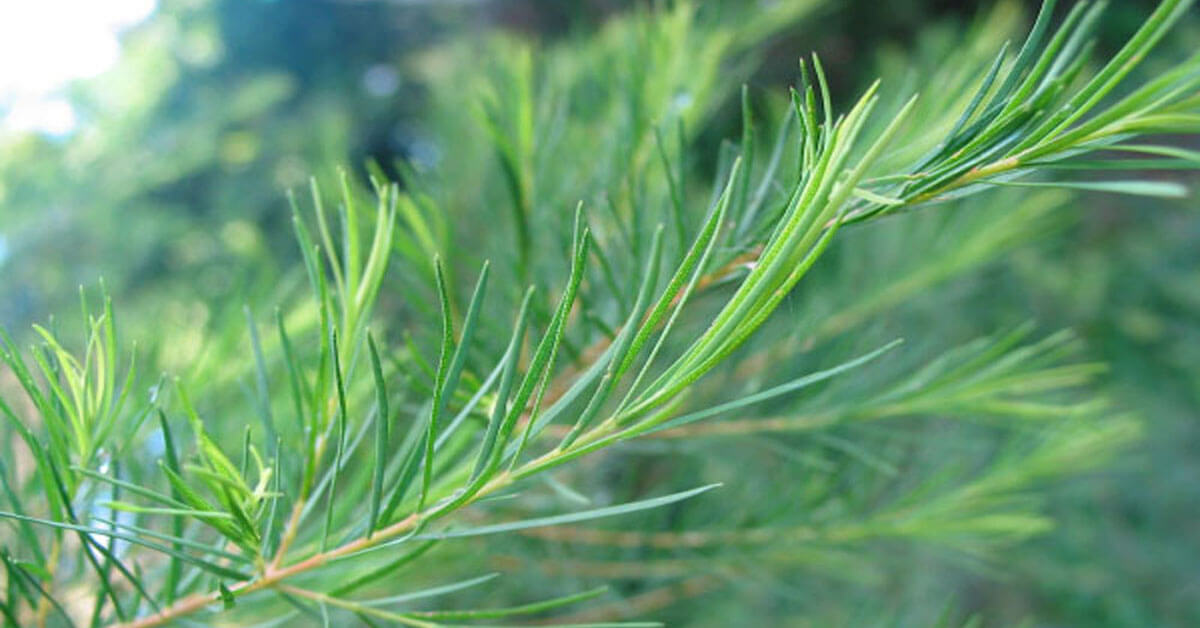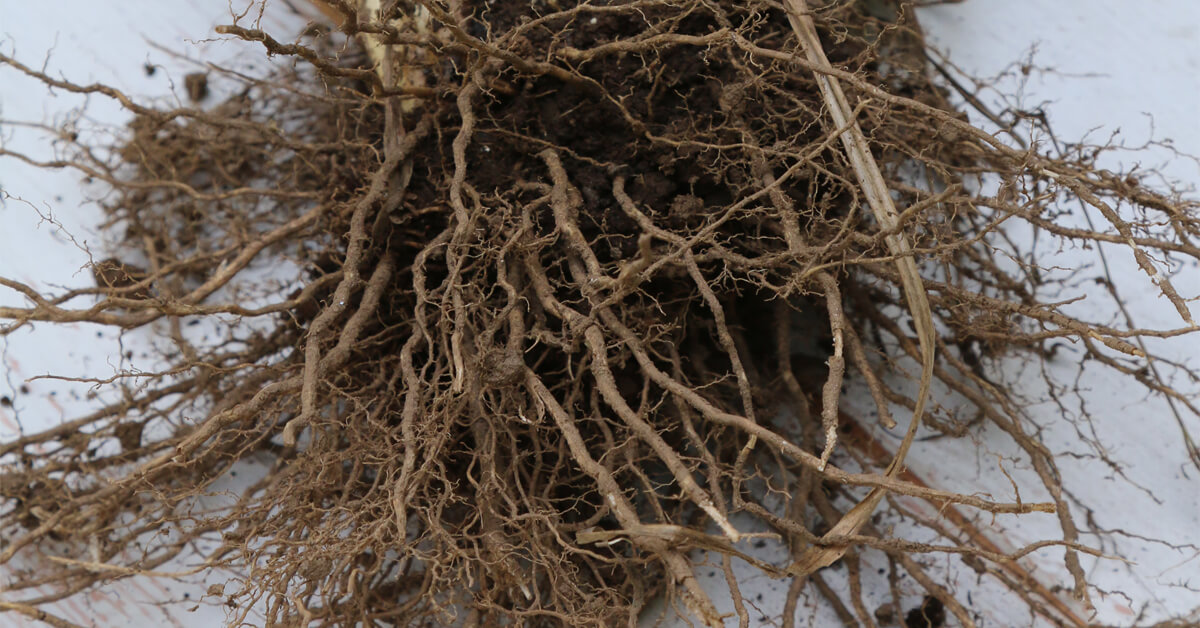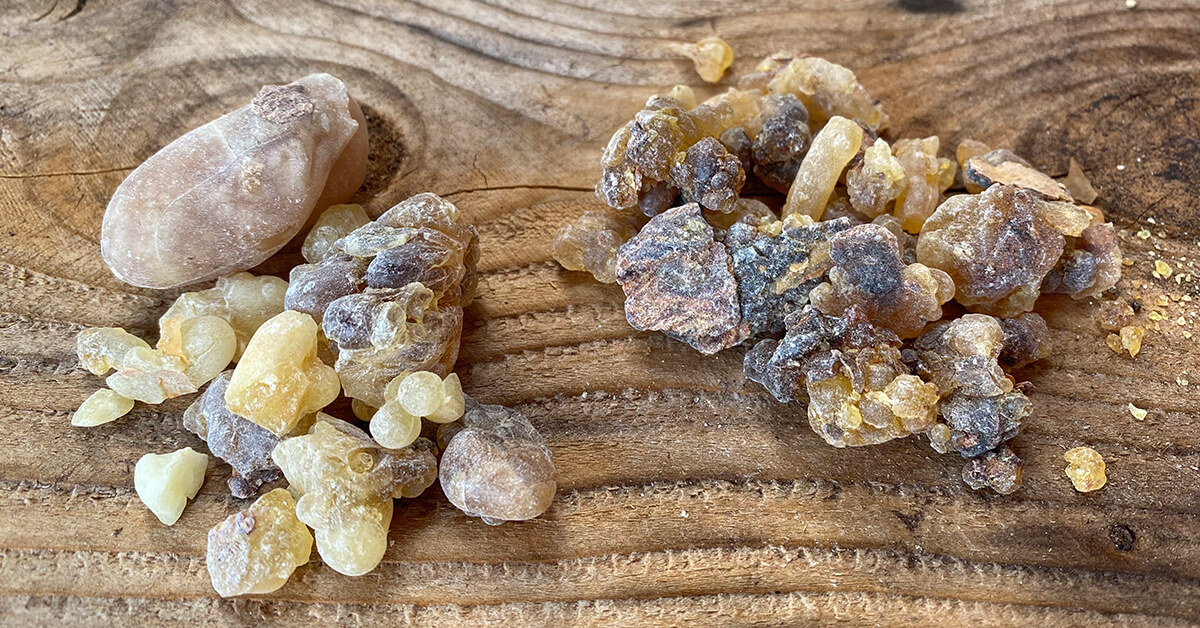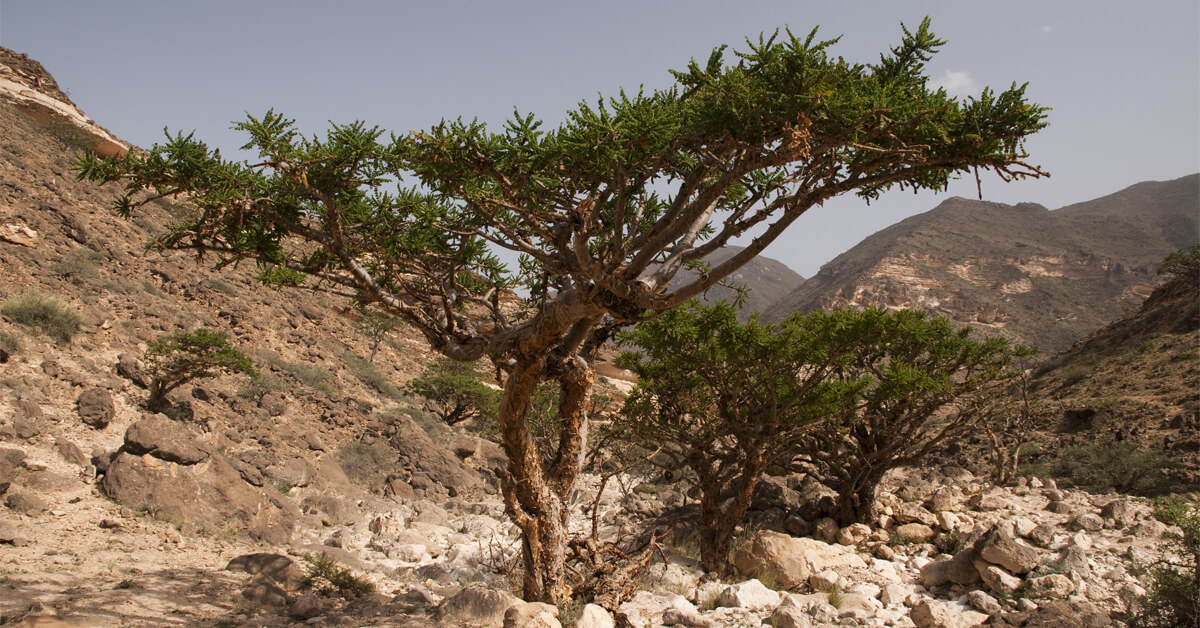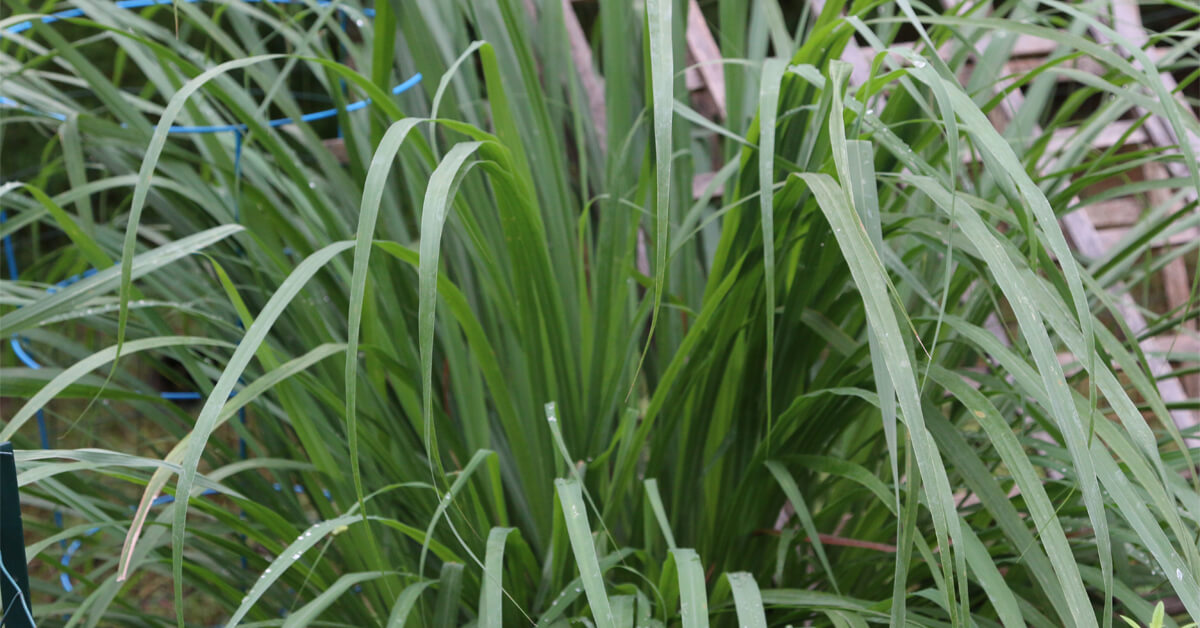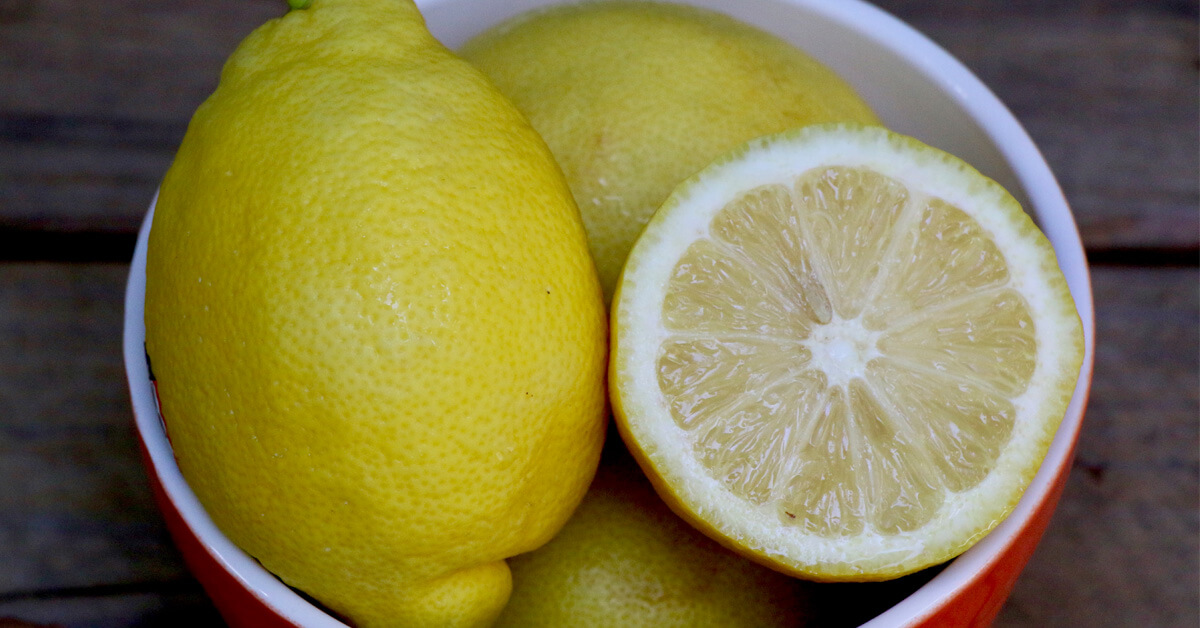Helichrysum
Helichrysum italicum (Roth) G. Don fil.
Watch: About Helichrysum with Jade Shutes
BOTANICAL INFORMATION
Common names: Helichrysum, Italian helichrysum
Scientific name: Helichrysum italicum (Roth) G.Don
Botanical family: Asteraceae
Conservation status: Least concern1
Description: There are over 600 species in the Helichrysum genus occurring in temperate regions throughout the world. The genus includes annuals, herbaceous perennials and shrubs. All species of helichrysum thrive in sunshine, and enjoy growing in arid, sandy, stony areas and along mountainsides.
Also known as Curry Plant, Helichrysum italicum is an iconic flowering plant in the Asteraceae family native to the Mediterranean. Helichrysum italicum is a xerophytic shrub adapted to survive in an environment with little liquid water that grows 30 to 70 centimeters high. The plant is branched at the base and features small, linear, hairy leaves. It’s characterized by an overall grey hue until the appearance of golden flowerheads in June and July. Helichrysum thrives in dry, rocky regions at a stunning range of altitudes, from sea level to over 2,000 meters.
Helichrysum’s name comes from the Greek helios; “sun,” and krysos, which means “gold,” referring to helichrysum’s sunny yellow flowerheads. The color is striking in the light of full sun, a brilliance that persists even in the dried plant. In central Sardinia the flowerheads are fed to silkworms to produce a naturally yellow silk which is used in the production of traditional garments. The ancient Romans and Greeks reportedly decorated the statues of gods with wreaths of helichrysum flowerheads.
Helichrysum has a complex aroma; rosy, spicy, with notes of licorice, curry, and tobacco. It has a long history of use in human and veterinary medicine to treat respiratory and digestive problems, and for wound healing. Olive oil infusions of H. italicum were applied topically to burns, from both sun and fire.
All major medical treatises of the Greco-Roman tradition comment on helichrysum, and mention its use in joint health, liver protection, and to treat respiratory infections. Theophrastus thought of helichrysum as a mind-altering plant, purportedly due to its use in ritual fumigations. A species of helichrysum native to Africa has been found to contain the cannabinoid cannabigerol (CBG), but this constituent is thought to be non-psychotropic.2
Modern Popularity
Helichrysum is a relative newcomer to the practice and industry of aromatherapy. According to Schnaubelt (1999) “The story of the essential oil of Helichrysum italicum is a perfect example of how a few individuals acting decisively can make a difference in the world. Essential oil catalogs prior to the early 1980’s do not list Helichrysum italicum. Today, Helichrysum essential oil is offered on virtually every ambitious aromatherapy list.” It could be said, that Kurt Schnaubelt popularized the work of Pierre Franchomme and Daniel Penoel through the aromatherapy courses at the Pacific Institute of Aromatherapy as well as through his (Schnaubelt’s) earlier books: Advanced Aromatherapy and Medical Aromatherapy.
“Its effects are so convincing that it has never met with any kind of criticism despite the absence of data on its effectiveness. Helichrysum oil demonstrates that anecdotal evidence can create a reality without the help of industrially sponsored science. Helichrysum is more predictable in its action than almost any other oil and is produced and sold by small enterprises that understand the needs of the aromatherapy market.3”
EXTRACTION INFORMATION
Counties of origin: France, Italy, Corsica (French Island), Bosnia
Part of plant used: Flowers and flowering tops
Essential oil yield: 0.67% (v/w)
Extraction method: Steam distillation
Color of oil: yellowish to reddish color
AROMATIC CHEMISTRY
Forty-five unique components make up 84.5 to 94.2% of Helichrysum italicum essential oil. The core components include: neryl acetate (32.38-51.4%), supported by monoterpenes (α-pinene), sesquiterpinols (including ar curcumene, the eudesmols, and y-curcumene) and diketones.
Monoterpenes: α-pinene (0.8-17.2%), camphene (0.2-1.6%), β-pinene (0.2-0.7%),
myrcene (0.04%), limonene (1.7-4.7%), terpinolene (0.2-0.4%)
Monoterpene alcohols: linalool (0.3-2.7%), borneol (0.05%), α-terpineol (0.7-1.4%), nerol (0.24-3.9%)
Sesquiterpene alcohols: guaiol (1.5%), β-eudesmol (1.2-2.5%), α-eudesmol (1.4-6.9%), italicene (0.4-2.1%), ar-curcumene (1-1.8%), y-curcumene (3.9-13.6%), eudesm-5-en-11-ol (2.8-6.1%)
Esters: neryl acetate (32.38-51.4%), geranyl propionate (3.8%), neryl propionate (3.9-5.9%)
Ketones (diketones): 2-nonanone (0.2-0.3%), 3,5 dimethyloctane-4,6-dione (0.92-4.1%), 4,6,9-trimethyldec-8-en-3,5-dione (2.3-5.9%), italidione i mw=210 (8.19%), italidione ii mw=224 (2.59%), italidione iii mw=238 (1.55-1.76%)
Ethers (oxides): 1,8 cineole (0.3-0.9%), nerol oxide (0.5-1.5%)4,5
NOTE: Differences in chemical composition occur based upon country of origin.
SAFETY INFORMATION
- Considered to be safe when applied diluted or undiluted (when necessary or indicated)
- No known contraindications.
- GRAS status
THERAPEUTIC ACTIONS
| System of the Body | Action |
|---|---|
| Musculoskeletal system: | analgesic |
| Respiratory system: | mucolytic |
| Skin: | cell regenerative, vulnerary |
| Cardiovascular system: | anti-haematomal |
| Psyche/emotion: | antidepressant |
| General: | anti-inflammatory6, antiseptic, antispasmodic |
SYSTEM AFFINITIES
Skin
BLENDING INFORMATION
Aroma description: Spicy, warm, and herbaceous
Blending factor: 3 – 5
Note: Mid note
Blends well with: Carrot seed, German chamomile, Rosemary ct. verbenone, Sage (Salvia officinalis), Lavender, Roman chamomile, Cistus/Rockrose, Lavendin
CORE INDICATIONS
- First aid: First aid remedy for bruises, strains, sprains, tissue trauma (apply undiluted)
- Circulatory system: varicose veins, bruises, broken capillaries, Raynaud’s disease, hemorrhoids (C+++)
- Digestive system: rectal fissures (C+++)
- Musculoskeletal system: joint pain, rheumatoid arthritis, carpel tunnel, arthritis (C+++)
- Nervous system: neuralgia, pain, inflammation (C+++)
- Skin: acne, chronic dermatitis, eczema, scar tissue reduction/to support healthy scar tissue formation, burns, dermal inflammation, cuts and wounds, bruises, radiation burns, Herpes simplex, tissue trauma, broken capillaries, stretch marks, dry itchy skin, varicose veins, rosacea, psoriasis, aging skin (C+++)
- Psyche/emotion: mental unrest, irritability, grief and bereavement, inability to heal or overcome adversity, emotional trauma, old emotional scars, anxiety, agitation, acute fear or anger, emotional burnout (I+++, C++)
